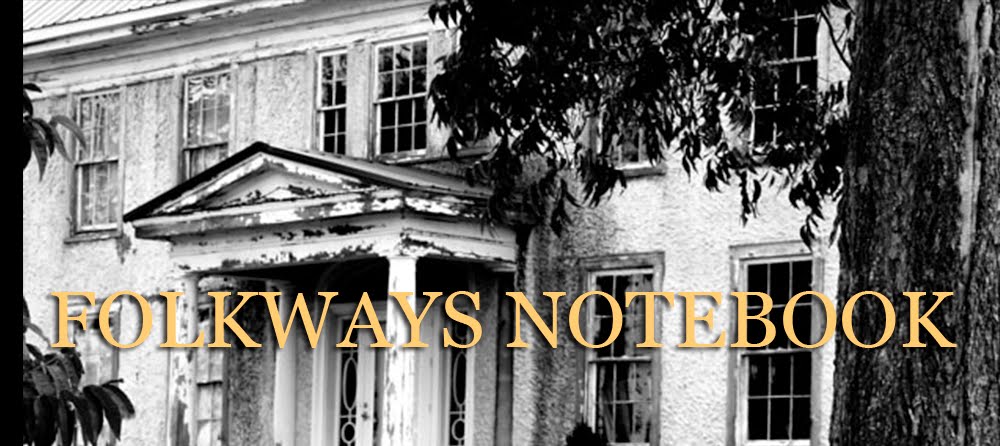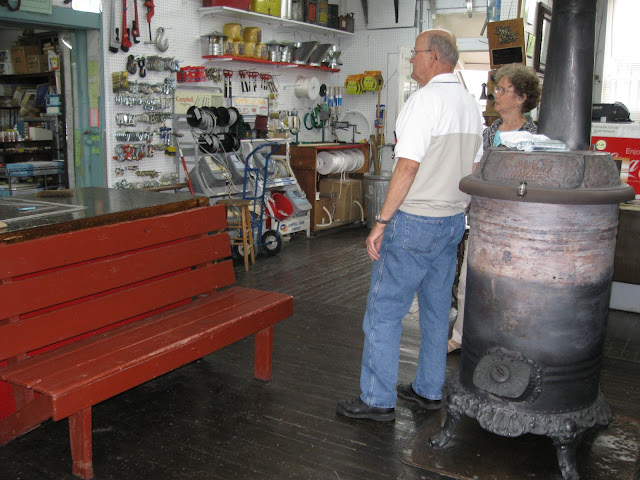 |
| Middletown School -- Class of 1922 Courtesy of Jesse Ward, Madison County School District |
February is Black History month. Segregation was a part of the history of Madison County, Kentucky where this photo was taken in 1922. Not only was segregation prevavlent in Kentucky it was widespread across the nation. It was a time of complexities that left an indelible mark on our nation.
This photo was taken when Middletown School was a wooden building. It would later be rebuilt as a brick school as seen in the following photos.
 |
| Middletown School -- Class of 1934-35 Courtesy of Jesse Ward, Madison County School District |
Jesse Ward, Madison County School District Historian has compiled old school histories of Madison County for some time now -- they include one room school- houses as well as former segregated schools.I sat down with him to view some of his photos and talk about his findings.
The class members above came with a student teacher list. Jesse had it copied and placed on a CD with some other great photos for me to keep with some of my research on Madison County. What a great guy.
 |
| Class of 1934-35 -- Student Teacher List Courtesy of Jesse Ward, Madison County School District |
 |
| The last graduation class of Middleton School. Courtesy of Jesse Ward, Madison County School District |
The 1964 year meant the above students would be phased into the public schools. It took a long time to end this separate but equal charade.





































